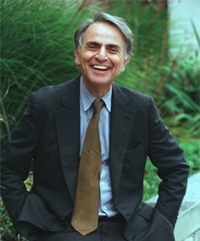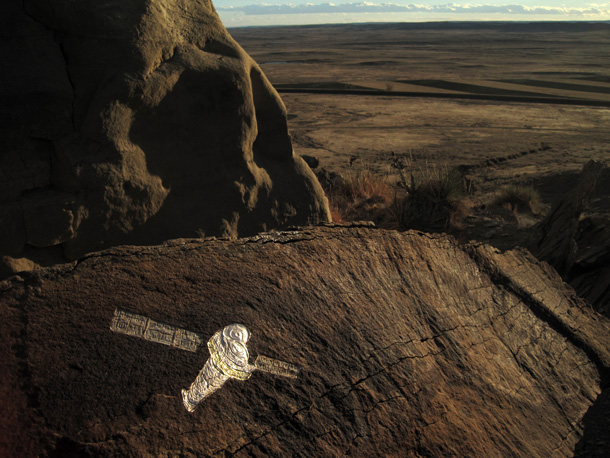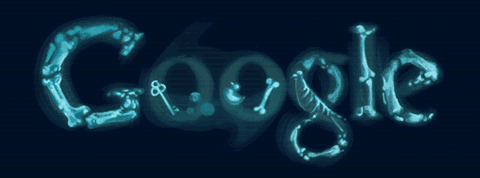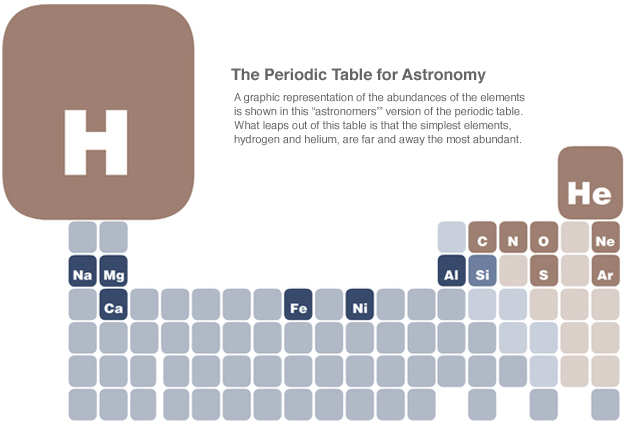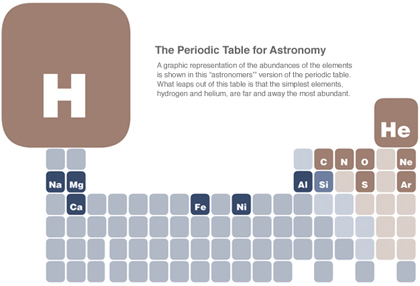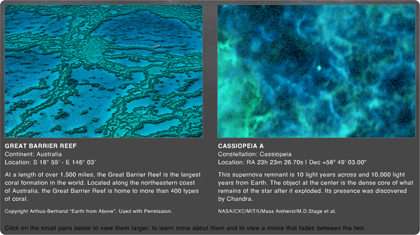Happy Winter Solstice
Submitted by chandra on Tue, 2010-12-21 13:05This is a hectic season with many reasons to celebrate. One of the oldest and, in many ways, practical rites during this time in December involves marking the winter solstice. Today, we know it as the shortest day (or longest night) in the Northern Hemisphere, and this year, the moment occurs at 6:38 pm Eastern time on Tuesday, December 21st.

